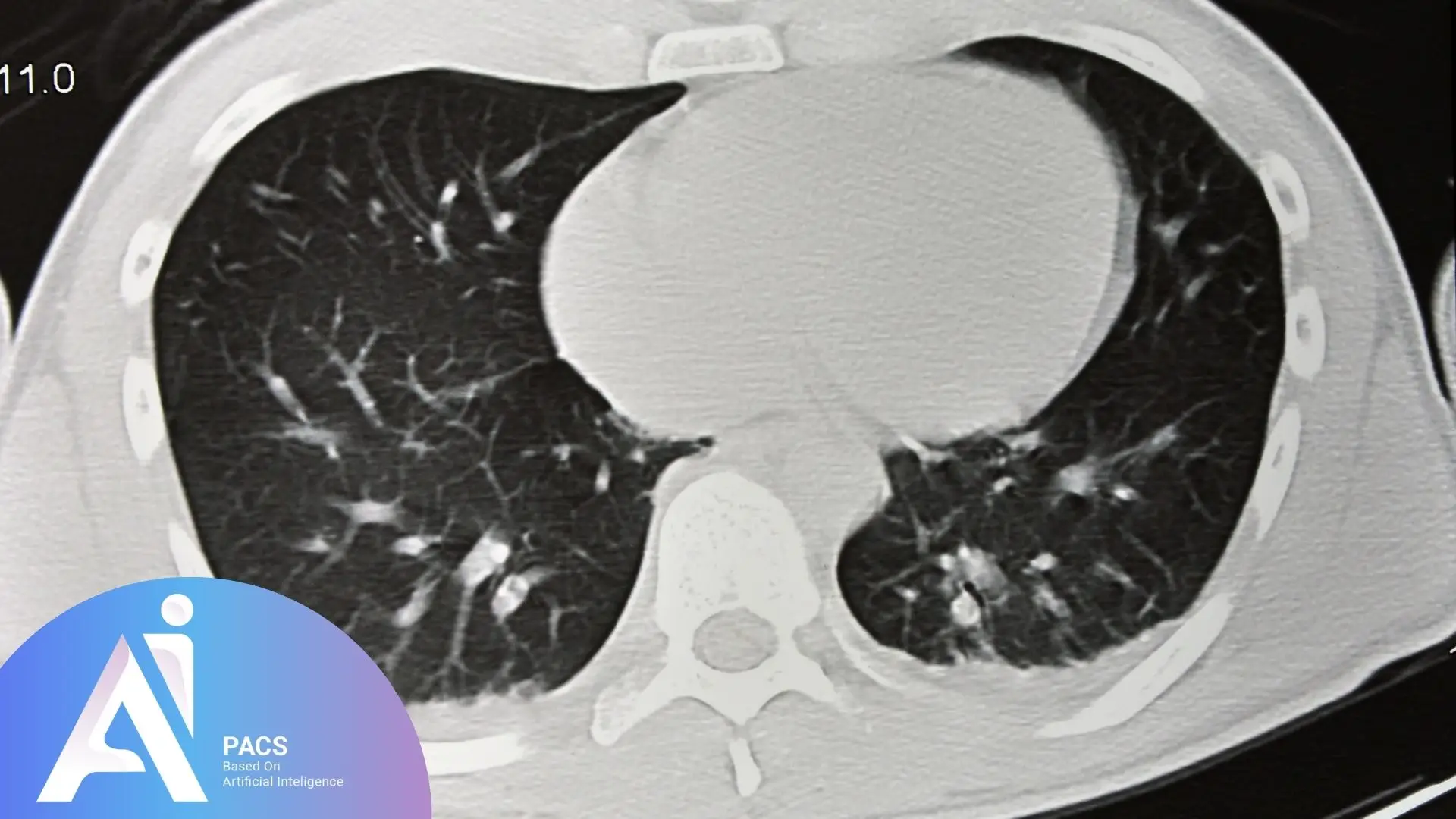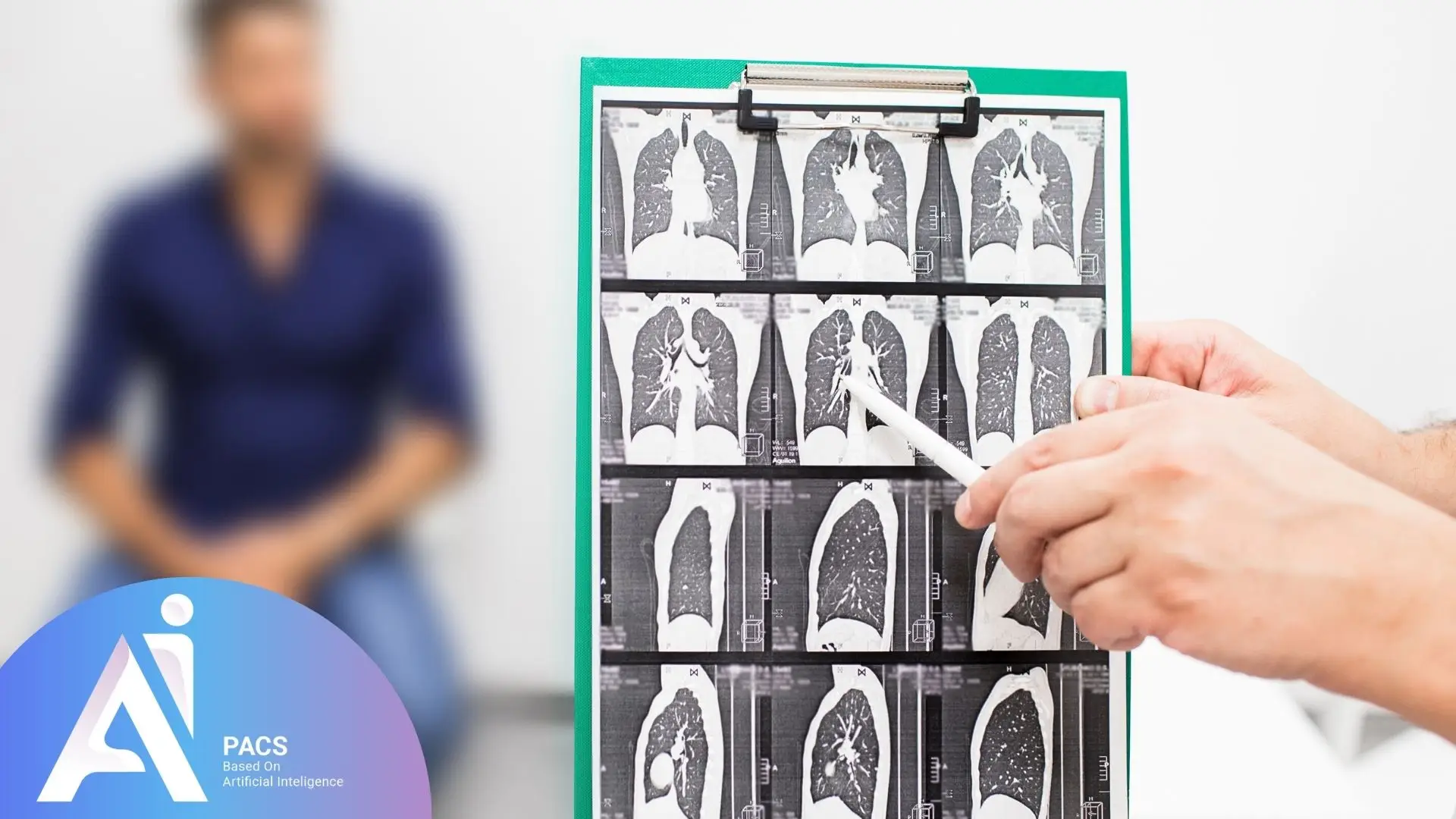
A lung CT scan is an advanced imaging technique that detects various lung issues, such as infections, tumors, blood clots, and chronic respiratory conditions. It produces high-resolution, three-dimensional images that allow physicians to examine lung structures in detail.
In contrast to conventional X-rays and other imaging methods, which provide limited two-dimensional images, CT scans reveal precise details about abnormalities, aiding in targeted treatment. This technology enables early detection and accurate diagnoses, leading to customized treatment plans for patients. Overall, lung CT scans play a vital role in identifying lung cancer early and managing respiratory diseases effectively, improving patient outcomes and reducing complications from delayed diagnoses.
Additionally, CT scans offer a more comprehensive view requiring proper preparation of the lungs and surrounding structures, making them superior for detecting issues such as small nodules or hidden infections that X-rays might miss. These advantages make CT scans an invaluable resource for both routine screenings and urgent diagnostic needs.
Common Terms in Lung CT Reports
Understanding the terminology in a lung CT report can help patients and healthcare providers better interpret the findings. Below are some commonly used terms and their meanings:
Nodule
A nodule refers to a small, rounded mass in the lung that may signify an infection, benign growth, or tumor. While not all nodules are harmful, further evaluation is often required to determine their nature.
Consolidation
This term describes an area in the lung where substances such as fluid, bacteria, or cancer cells have replaced normal air spaces. Consolidation can lead to decreased air volume in the affected region and may indicate conditions like pneumonia or malignancies.
Ground-Glass Opacity (GGO)
Ground-glass opacity refers to a hazy area in the lung visible on a CT scan, which appears cloudy and translucent. This finding may suggest inflammation, infection, early-stage fibrosis, or other underlying conditions requiring further investigation.
Pleural Effusion
Pleural effusion is the accumulation of fluid in the pleural space, the area between the lungs and the chest wall. It can result from various causes, including infections, heart failure, or cancer, and often necessitates additional diagnostic tests to determine the underlying issue.
By familiarizing themselves with these terms, patients can better understand their reports and actively participate in their healthcare decisions. While understanding these terms helps you read your report, professional lung CT interpretation provides the clinical context and significance of these findings for your specific health situation.
📄 Want to See How Lung Conditions Are Described in Real CT Reports?
Reading about terms like “consolidation” or “GGO” is helpful—but seeing them documented in real reports is even more insightful. Check out this CT Scan Report Format Guide to understand how lung abnormalities are typically presented by radiologists in clinical CT reports.
Complete Report Mastery
Master the same 7-section approach that radiologists use. From initial patient data to final recommendations – understand it all at an expert level.
Why Do We Need Online Lung CT Reports?
The advent of online lung CT reports has revolutionized how patients and physicians access critical diagnostic information. These reports offer unparalleled speed and precision in diagnosing and managing lung diseases. By providing rapid access to detailed imaging results, online reporting facilitates prompt action in urgent scenarios, such as identifying blood clots or severe infections. For example, a patient with a suspected pulmonary embolism can receive timely results and initiate life-saving treatment without unnecessary delays.
Online reports also provide convenience by enabling patients to view their results remotely. This eliminates the need for in-person visits to healthcare facilities, thereby reducing delays and streamlining the diagnostic process. Healthcare providers can use these digital platforms to collaborate more efficiently, sharing findings with specialists when needed and coordinating care seamlessly. These advantages make online reporting an indispensable tool in modern medical practice.

Next Steps After Receiving Your Results
After obtaining your CT scan report, scheduling a consultation with your physician to review the findings in detail is crucial. Your doctor will analyze the report to determine if any abnormalities are present and recommend the appropriate course of action. If the results indicate potential concerns, additional diagnostic tests or follow-up imaging may be necessary to confirm the diagnosis or monitor changes over time.
Your physician may also create a personalized treatment plan based on the findings. This plan could include specific medications to address the condition or referrals to specialists for further evaluation. Additionally, emphasis may be placed on adopting lifestyle modifications, such as quitting smoking, improving physical activity, and maintaining a healthy diet. These changes are particularly important for long-term lung health and overall recovery. For example, patients with lung nodules may require regular monitoring to track changes in size or appearance, while those with evidence of pleural effusion might need procedures to drain the fluid and identify its cause.
Patients should feel empowered to ask questions about their diagnosis and treatment plan during follow-up appointments. For example, they might ask, “What does this finding mean for my overall health?” or “Are there alternative treatment options available?” These discussions help clarify uncertainties and enable patients to make well-informed decisions about their care. Open communication with healthcare providers ensures a clear understanding of the next steps and helps patients actively manage their health.
📄 Need Expert Review of Your Lung CT Report?
Whether you’ve discovered nodules, effusion, or unusual opacities in your scan, getting a second opinion from our online pulmonary CT analysis for comprehensive lung health assessment, which expert radiologist can offer clarity and peace of mind with AI-PACS’s Online Reporting Services, you can receive fast, professional interpretation from experienced radiologists—all from the comfort of your home.
Expert CT Scan Analysis
Board-certified radiologists review your CT images and provide comprehensive reports you can actually understand.
Conclusion
Lung CT scans have become indispensable tools for the early detection, diagnosis, and management of respiratory diseases. Their ability to provide high-resolution images and identify subtle abnormalities makes them a cornerstone of modern pulmonary medicine. From diagnosing conditions like lung cancer at an early stage to guiding treatment decisions for chronic respiratory disorders, these scans significantly enhance patient care.
The integration of online reporting further amplifies the benefits of CT scans by delivering results quickly and efficiently. Patients now can access their reports from anywhere, allowing them to stay informed and make timely decisions in collaboration with their healthcare providers. For instance, a patient receiving a cancer diagnosis can quickly consult with a specialist and begin treatment planning without delays. This streamlined process improves the overall quality of care and reduces anxiety associated with waiting for critical information.
Ultimately, lung CT scans and online reporting exemplify the advancements in medical technology aimed at improving health outcomes and patient satisfaction. By embracing these innovations, both patients and physicians can work together more effectively to achieve better health and well-being.
Lung CT interpretation requires specialized knowledge of pulmonary anatomy and pathology. Whether you’re dealing with screening results, follow-up imaging, or concerning symptoms, having your lung CT reviewed by experienced radiologists ensures accurate understanding of your pulmonary health and appropriate next steps in your care.
References:


